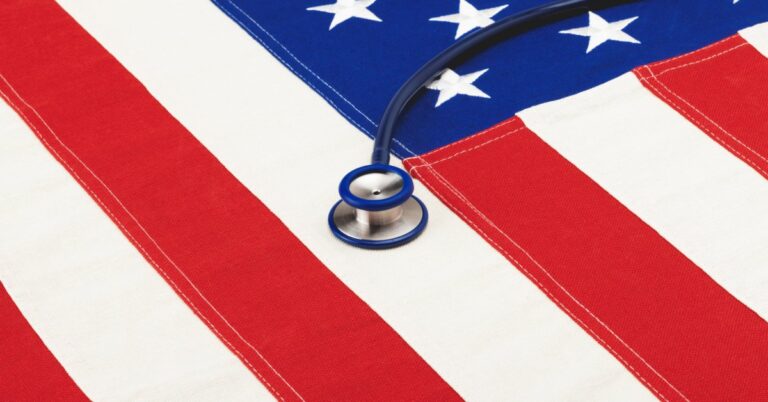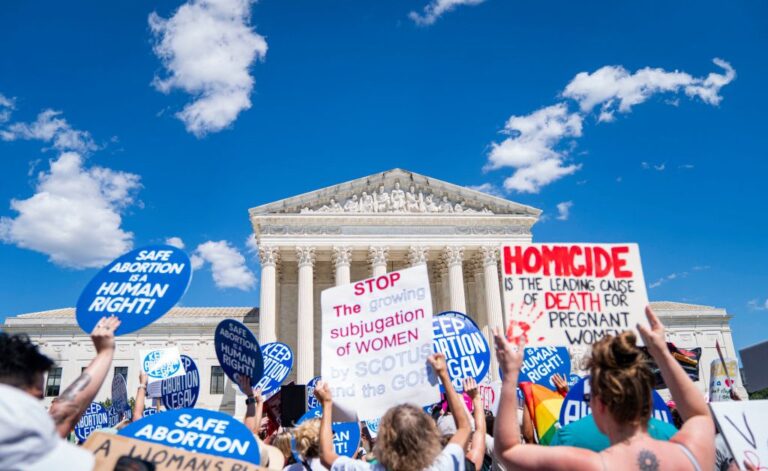On Sept. 11, 2001, I was traveling in remote villages in West Bengal, India. I had been living and working in India for five years, on loan from the CDC to help control tuberculosis. That day, a small television in my spartan hotel lobby showed the second tower of the World Trade Center collapse. I was born in New York City, trained in medicine and public health there, and served as an Epidemic Intelligence Service Officer and director of its tuberculosis control program. Three months later, with the rubble of the World Trade Center still smoldering, Mayor-elect Mike Bloomberg called. He asked if I would come home to serve as New York City Health Commissioner.
When I returned from India in 2002, I visited my father in his nursing home. During a hike in the Blue Ridge Mountains decades earlier, when I was in college, he had said to me, “You seem to like both science and politics. Public health combines those two things. You might enjoy it.” It was the first time I had ever heard the term “public health.”
By the time I took the job as commissioner, my father’s Parkinson’s disease had progressed. He was immobile and spoke less and less. I sat at his bedside for hours, holding his hand. “Dad, I want to be the best health commissioner,” I told him. His reply—his last words to me—was, “How would you know?”
Being the best meant saving the most lives. But how could a health department know if it was doing that?
Making the invisible visible
In the early 1900s, tuberculosis (TB) killed more people than any other cause. By the year 2000, tobacco had replaced it as the leading preventable cause of death. To answer my father’s final question, we needed to reduce tobacco use—and measure progress.
At the time, trends in smoking were invisible. No surveillance system showed how many people smoked or whether smoking rates were rising or falling. So in 2002, Dr. Farzad Mostashari, a brilliant physician-epidemiologist on our team, launched an annual telephone survey of 10,000 New Yorkers. The first year’s results showed that 22% of adults smoked—a number that had not budged in a decade.
If this trend continued, more than 400,000 city residents would be killed by tobacco, with more than a million more suffering from heart attacks, lung disease, strokes, and cancer. As epidemiologists, we could see these future tragedies. But we had to break the “Cassandra curse.” Cassandra, a priestess from Greek mythology, could see the future but was cursed: No one believed her warnings and therefore didn’t act to prevent the disasters she predicted. We had to not only foresee disaster but stop it.
A political fight over lives
We knew what worked. Increasing tobacco taxes is the single most effective way to reduce smoking. But it’s politically difficult. It was a political fight, but a full-court press by Mayor Bloomberg raised the tobacco tax by $1.42 per pack in 2009.
The next year, the survey showed a significant decline in smoking. The next year, we banned smoking in restaurants and bars—another major political fight—and the following year’s data showed another drop in smoking.
I assumed we had turned the tide and rates would continue to decrease. But then, the decrease in the smoking rate stalled. Mostashari’s survey made the setback clear: we weren’t doing enough. We needed to act, but our top solution—raising the tax again—was blocked by the state legislature.
A risky $10 million bet
The CDC recommended spending $10 million annually on hard-hitting anti-smoking ads. I hesitated. That was a huge amount—enough to fund entire clinics or hire more than 100 public health staff. What if the ads didn’t work?
We took the gamble. We aired powerful ads and targeted communities with high smoking rates. The following year, the data delivered our answer: the ads worked. Smoking rates fell again—especially in the groups we targeted, including Hispanic men.
Critics on the City Council criticized us for spending millions on advertising. But with survey data, we could show lives saved per dollar spent. The cost of not funding the ads? More smokers. More cancer. More heart disease. More people dying young.
Seeing the invisible
Public health enables us to see the invisible—such as the stall in the decrease in tobacco use. Surveillance made the invisible trend of stalled smoking reduction visible. That allowed us to course-correct and help hundreds of thousands of New Yorkers quit smoking.
One life saved by heroic medical care is a miracle. Millions saved by public health are invisible. But surveillance can make those lives visible—even if rarely to the public.
Edward Tufte, the data visualization pioneer, captured this tension: “There is a common preference to rescue and extend named individual lives, no matter what the cost. Yet comparable investments might save millions of anonymous statistical lives.” Today, fewer than 4% of U.S. high schoolers smoke cigarettes—a historic low. And in the U.S., most people who ever smoked have already quit.
What we don’t see can still kill us
The superpower of surveillance isn’t just about seeing trends but also emerging epidemics such as multidrug-resistant TB, and to predict the course of deadly pathogens including Ebola. It can reveal the causes of the Cassandra curse—our inaccurate perceptions of ourselves, our world, and our future. It can reveal the pathway to progress for both community-wide health and personal health. And it can show whether the actions we’re taking to stop threats are working.
Surveillance is the superpower that allows public health to succeed. But it’s only the first step. To save the most lives it’s also necessary to believe in the possibility of progress and to work systematically to create a healthier future. This is the formula—see, believe, create—that has eradicated smallpox, cut deaths from heart disease by more than two thirds, and eliminated lead from gasoline, raising children’s IQs around the world. It’s the formula that could save millions more lives—including yours.
Excerpted from The Formula for Better Health: How to Save Millions of Lives—Including Your Own By Dr. Tom Frieden MD, MPH. Reprinted with permission from The MIT Press. Copyright 2025.








